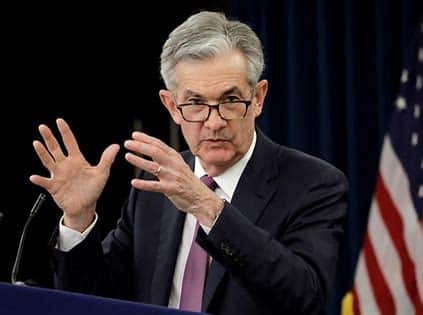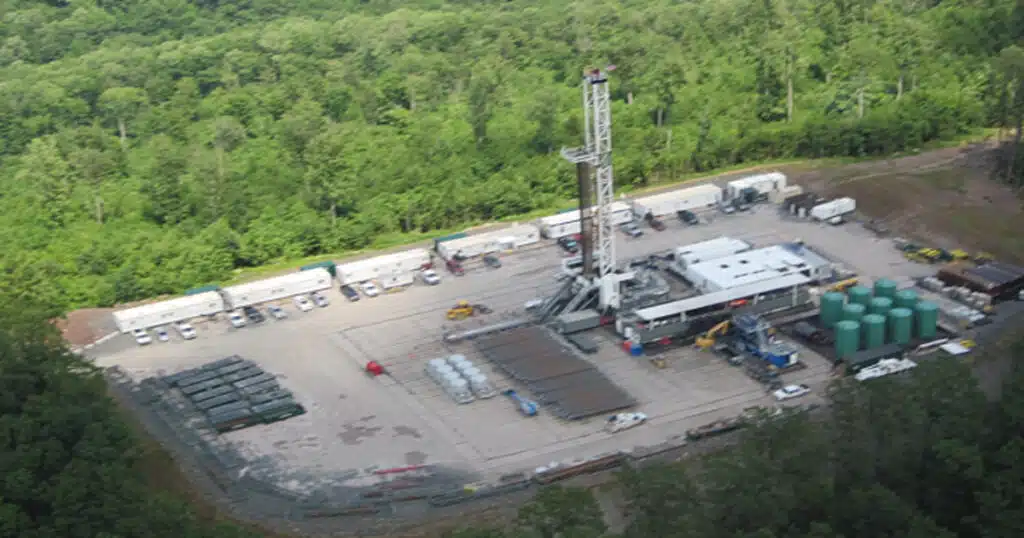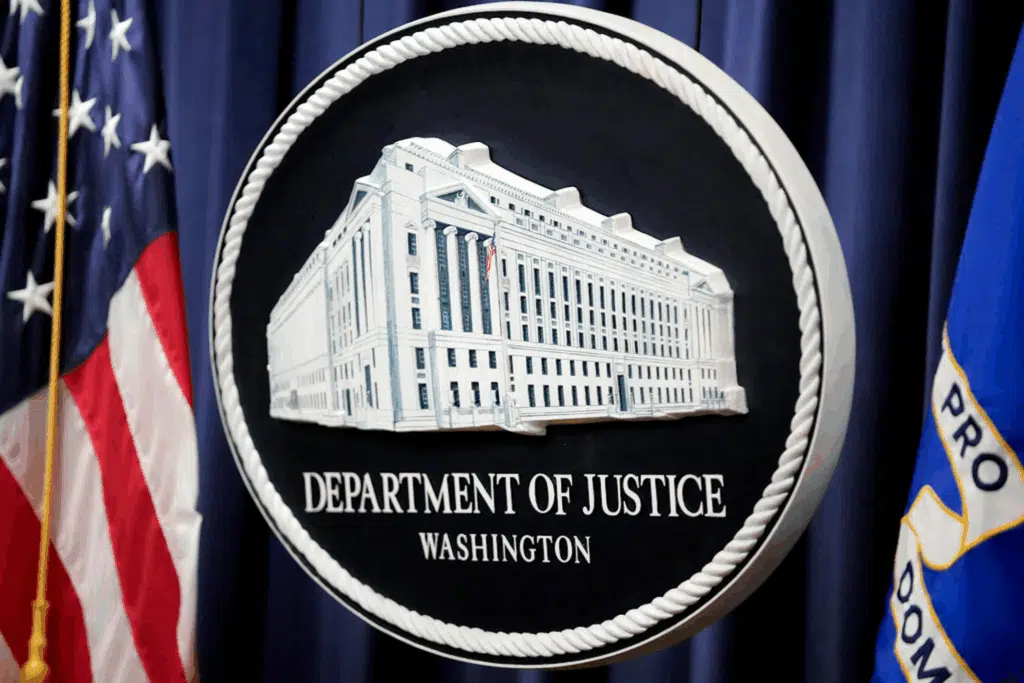
For Jerome Powell and the Fed, the Noose Keeps Tightening
The Death by a Thousand Cuts economic policies of the Federal Reserve continue with no end in sight, because in reality, there may be no way to escape a downward spiral that’s starting to resemble the economic equivalent of a nuclear meltdown.
On Tuesday, the 10-year and 30-year treasuries reached new highs not seen since 2007, the year prior to the start of the Great Recession. The bond market was spooked by a report that showed job openings spiked sharply higher after three straight months of declines. The increase indicates the labor market remains tight, which Wall Street interpreted as a signal that more rate hikes may be in order.
Yet, you have to wonder if the yields on treasuries are beginning to decouple from the Fed. Could it be we’re entering the dreaded economic death spiral, where rising yields on treasuries are self-perpetuating? If you want a blueprint, look at Greece in the mid-2010s. This is exactly how third world countries sink into the bottomless pit of hyperinflation and spiraling interest rates.
In 2022, the irresponsible U.S. federal government spent $6.3 trillion, and in the process, accumulated a deficit of $1.3 trillion that added to the overall national debt of $34.3 trillion. Almost half of the annual deficit came from the interest on the debt, a whopping $475 billion. In 2019, the year before Covid, the debt-related interest was $376 billion. That’s a 26% increase in just three years.
To make matters worse, through August of this year, the interest on the debt already reached $650 billion. Projected out for a full year, that number could reach $1 trillion.
Let that sink in. A trillion dollars just to pay interest for a single year.
As America’s economic train careens off the rails, experts tell us that the interest on the national debt could exceed the annual expenditures for social security by 2032.
The Bond Vigilantes are Back
The most unsettling aspect of our current economic angst is the reality the Fed may be losing control over interest rates. Recently, bond king Bill Gross attributed the selloff in treasuries to a variety of factors, including a surging supply of bonds along all maturities, and a continuous rise in the national debt.
Trying to avoid the wonky stuff, it’s worth noting that near term debt maturation will account for more than a quarter of the U.S. gross domestic product (GDP). As $7.6 trillion in debt matures, there is no question this market-related force will put significant upward pressure on interest rates. In this quarter alone, the Treasury Department has auctioned off an astonishing $1 trillion, which underscores the staggering level of government borrowing.
To this point, the market for treasuries has remained relatively stable, but that is primarily because investors wanted to lock in higher rates in anticipation of Fed easing. However, with new projections indicating inflation and the Fed Funds rate may stay elevated for some time, there is significant fear that the appetite for U.S. treasuries will wane, and when the auctions lack buyers, rates rise on their own. In fact, the St. Louis Fed recently published a paper that indicated money market bond fund participation has started to level off.
As the auctions continue to balloon, it will take higher returns to entice investors to buy. It is a nightmarish scenario that can only be resolved by a significant economic calamity.
For Jerome Powell and the Fed, the Noose Tightens
The Fed wants to unwind its balance sheet while simultaneously pursuing restrictive policy until it achieves its goal of 2% inflation. However, the federal government is on an entirely different track. Biden and his woke leftist cronies are spending and borrowing more like drunken sailors than disciplined public servants. Also lost in the equation is the self-perpetuating spiral of higher yields in savings accounts and CDs, producing more cash for consumers they are spending, which only adds to inflation.
No matter how well a floor might be constructed, if you add enough weight, it will eventually collapse. One can only wonder how much more the U.S. economy can endure before it fails under the weight of reckless spending, massive debt and rising interest rates.



